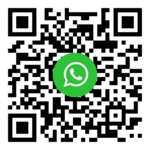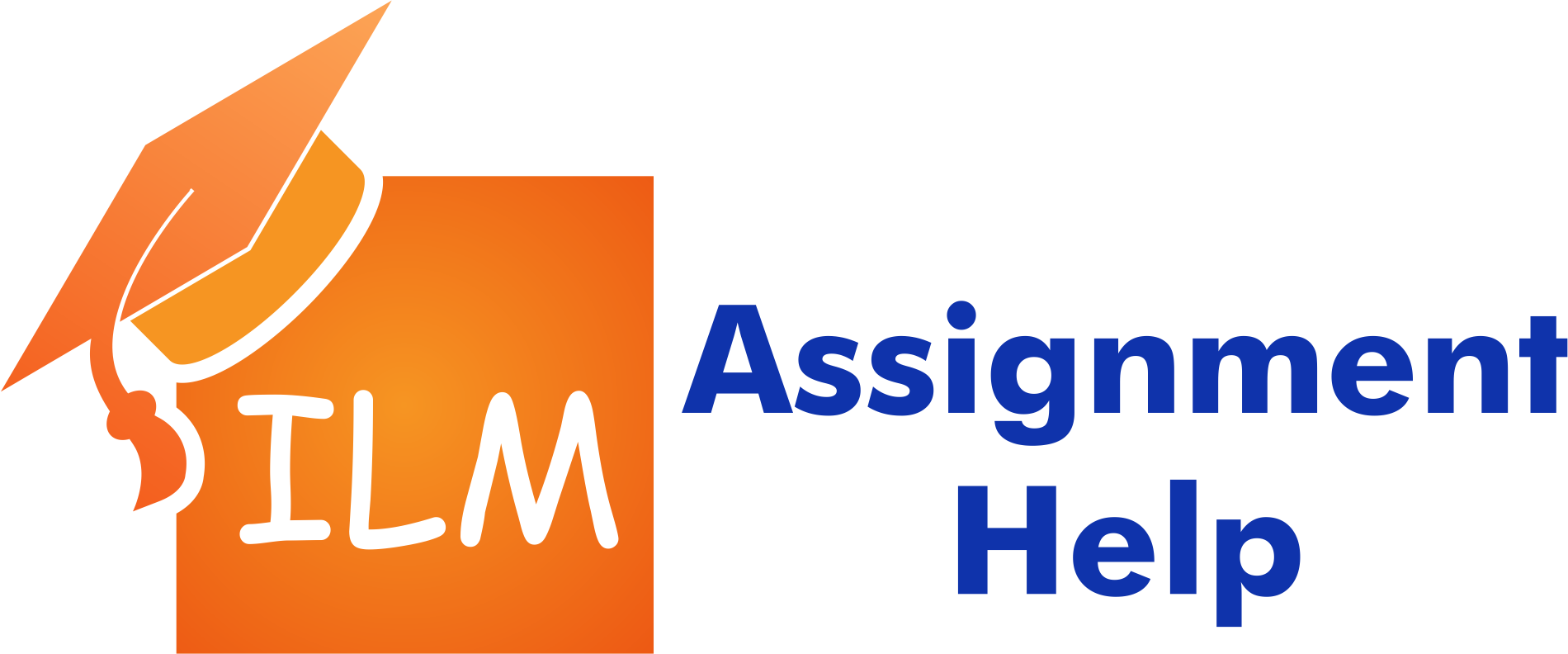Did you enjoy our articles?
Click the order button below to get a high-quality paper.
You can talk to the writer using our messaging system and keep track of how your assignment is going.
Order Now / اطلب الان
Leaders within an organization must cultivate effective communication techniques and skills to significantly impact organizational activities. Communication serves as the lifeblood of the workplace environment, playing a crucial role in various levels of organizational leadership. 8000-265 Workplace Communication is a unit integrated into the ILM Level 2 module, strategically designed to enhance the communication capabilities of leaders within the organization, especially those leading teams or cells, aligning them with the overarching goals and objectives of the organization.
This unit holds paramount importance in ensuring that leaders can foster an environment grounded in the exchange of information. Achieving this involves creating platforms that enable effective communication among members of the organization or team within the workplace. Leaders, in particular, can influence team members’ willingness to communicate openly by motivating and fostering transparent communication within the workplace.
The primary objective of 8000-265 Workplace Communication is to cultivate an understanding of the significance and processes essential for improving workplace communication—a pivotal responsibility for both practising and potential team leaders. The unit is efficiently delivered in 5 guided learning hours and contributes 1 credit value to the overall grading of the ILM Level 2 Module.
In contemporary organizations, workplace communication has emerged as a crucial element. Establishing a culture within the workplace that encourages team members to communicate effectively and collaborate across different teams is vital for ensuring the coordinated pursuit of organizational goals and objectives. Consequently, this unit holds immense significance for leaders at all levels within the organization.
Specifically tailored for team leaders, the unit addresses individuals entrusted with overseeing the activities of project teams assigned with distinct tasks—the fundamental units within the organization. These teams, comprised of employees engaged in activities that collectively contribute to the overall processes and procedures of the organization, require effective communication facilitated by team leaders.
Ensuring that all team members can actively contribute to fulfilling assigned tasks and responsibilities is integral to the overall success of the organization. While the primary target is team leaders, the unit is not exclusive to this group. Other leaders can benefit from the course to refine their communication skills and enhance their capacity to influence communication within the workplace. Moreover, employees and team members seeking to master essential skills and practices for improved communication or preparation for leadership roles can also pursue this unit.
Upon completion of this unit, learners should demonstrate the following competencies:
Workplace communication encompasses a broad spectrum of study, delving into various elements, ranging from leadership skills essential for fostering effective team communication to exploring diverse methods facilitating workplace communication. The key learning areas within this unit encompass:
Effective workplace communication is a cornerstone practice within organizations, often spearheaded by leaders. The unit, 8000-265 Workplace Communication, is designed to equip team leaders with the skills and abilities necessary to excel in this pivotal role. Upon completing the unit, learners preparing for team leadership undergo assessment through a written evaluation. This assessment aims to gauge their mastery of the theoretical knowledge acquired. Additionally, supervised practice is employed to ensure that learners can proficiently implement the workplace communication strategies learned, thereby enhancing their practical capabilities.
The unit primarily focuses on enhancing workplace communication skills, especially among team leaders. It covers a range of aspects, including the significance of clear communication, overcoming barriers, understanding different communication methods, and the importance of record-keeping.
The primary target audience for this unit is team leaders within organizations. However, it is not limited to them; other leaders, employees, and team members can also benefit from the course to improve their communication skills and prepare for leadership roles.
The unit covers crucial areas such as effective communication principles, various communication methods (electronic, verbal, and written), overcoming communication barriers, and the importance of maintaining accurate records of communication, including legal considerations.
Assessment for this unit involves a written evaluation to measure the learners’ theoretical knowledge. Additionally, supervised practice is employed to ensure learners can apply the learned communication strategies effectively in real-world scenarios.
The unit is completed in 5 guided learning hours, and the content is delivered through a variety of methods, including physical and virtual classes. These modern teaching approaches ensure effective interaction between tutors and learners, incorporating simulations and practical learning experiences.
Related Articles:
Click the order button below to get a high-quality paper.
You can talk to the writer using our messaging system and keep track of how your assignment is going.
Order Now / اطلب الان
